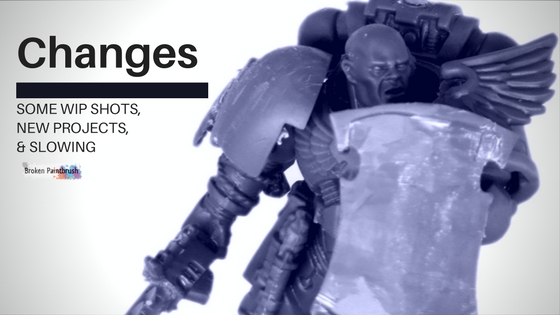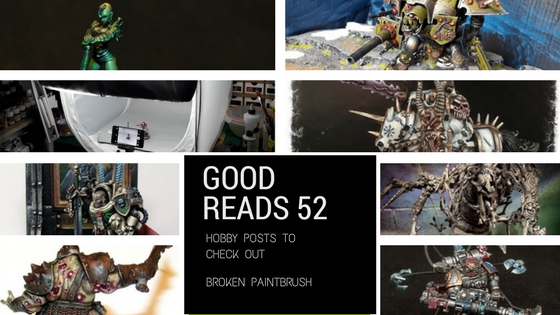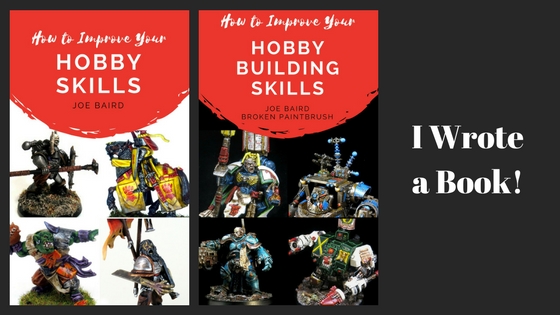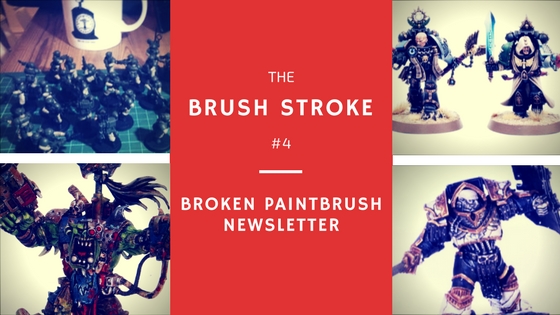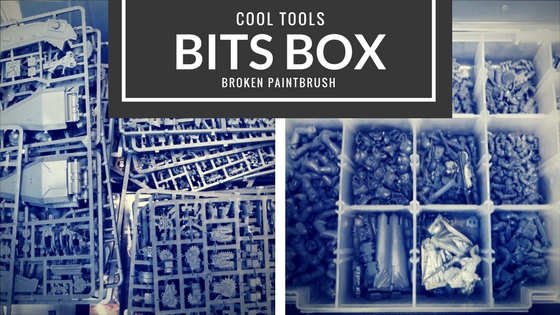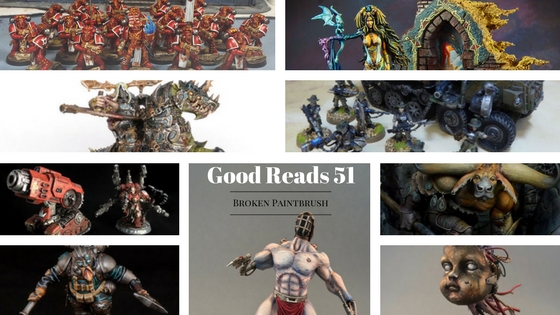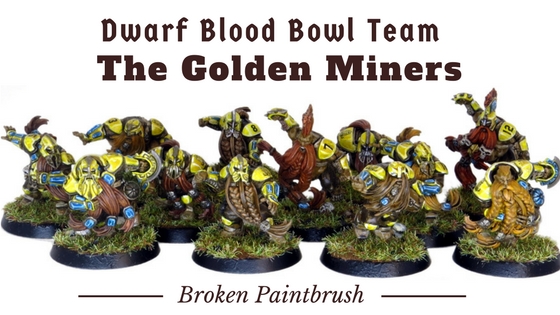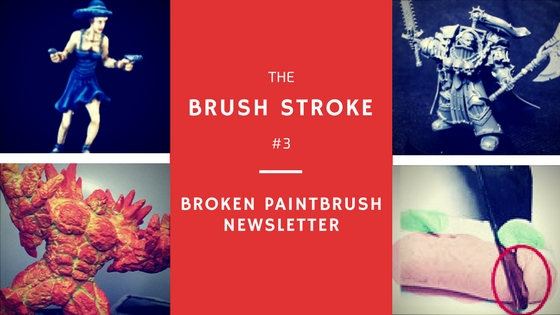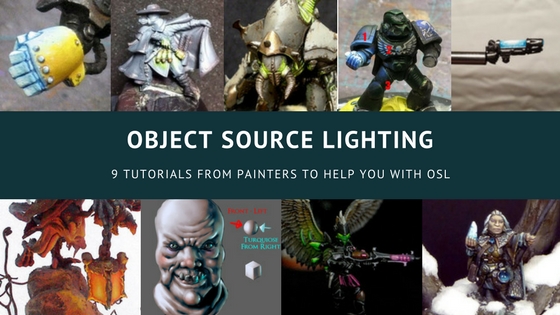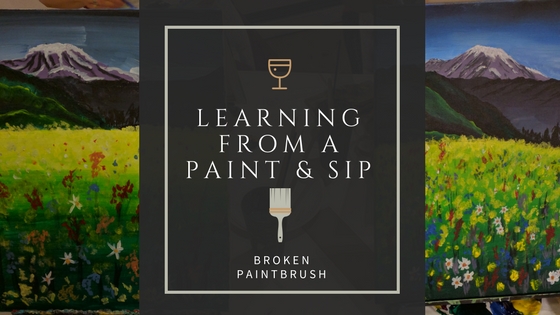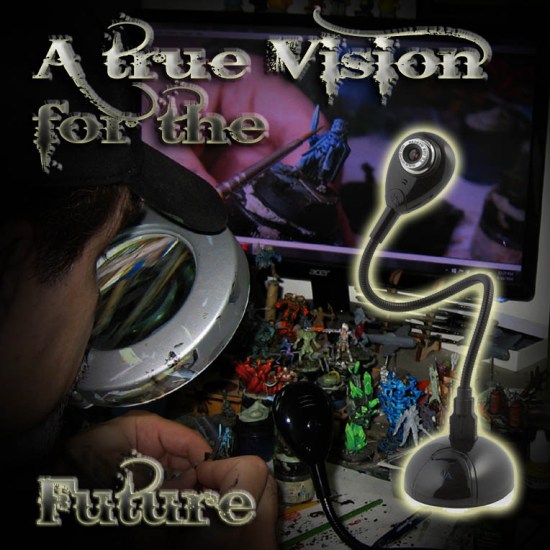Between the reemergence of the sun, writing books, and chasing after two little boys, I have realized that I need to slow some things down. But part of that slow down is to make sure the articles I publish here are not rushed or forced.

So with that said, let’s check out what is on Joe’s painting table first and get back to the boring blog stuff after.
WIP Blood Bowl
With two Blood Bowl teams completed (Orcs and Dwarves), I had turned to the balls and tokens so that I could get a fully painted game in.
As with many things on my painting table, I got started and then distracted. At this point, both teams (and the human team) are mounted to bases and primed. The ball mark, the one meant to fit in each base, is press-fit into a spare base. All the others are glued down.
I’ve made decent progress on the Dwarf team’s markers with all the base colors and wash completed. I will probably only do basic cleanup on the tokens but have the balls match the players.
Rainbow Warrior Project
One of the distractions that came up in this last week is a spontaneously formed group on Twitter that has decided to paint an army of Rainbow Warriors for charity. The whole thing has been a bit chaotic, and very much figure it out on the go. So this should be fun!
I volunteered a tactical squad as I had plenty of bits laying about. As the Rainbow Warriors have had some hints of Aztec/Mayan theme, we decided to roll with it. With a few Lizardmen bits and Dark/Blood Angels added for character, I was able to put together a cool looks sergeant.
The rest of the squad is fairly standard as we didn’t want to go too over the top. But a little tweaking to some of the poses adds some character. I’ve got them primed, but need to pick up some more paint before getting started on the colors.
As I was building and painting a squad anyway, I figured I would add one of the Warriors to my small Deathwatch Kill Team. Perhaps the headdress is a bit much, but it is a neat bit, and I had no clue what else to use it for.
I’ll share some more info on The Project as it comes together, but it will be well worth following. It is a great set of painters and hobbyist involved and looking to be a massive army.
Slowing Things Down
Ok, so back to some of the less exciting things.
For the last year, I have been working on posting 2-3 times a week to the blog. The fixed schedule kept me on track and was easy to plan. And I think I’ve posted more in the last year than the previous seven combined.
But this last month has been grueling to get posts out that I was proud of.
I was writing 1,000-3,000 words a day on the book, trying to figure out the publishing world, and it’s been crazy at work for both the Mrs and me.
Real Worldâ„¢ right?
Anyway, this all comes down to deciding to reduce the schedule of the blog to every four days and see how it goes. I will also reduce my newsletter, The Brush Stroke, to every other week. They aren’t big changes, and you may have not even noticed them, but I always want to work from a level of transparency.
On the flip side, I have barely commented on anyone’s blog in the last month. I know some may shrug at that, not only have I written on the importance of the community, but I miss really checking out what everyone is up to.
The Future
Who knows what is ahead, but I am working towards some short term goals here.
The biggest is getting all three of the full sized books out before the end of the year. I think each will be easier in some ways as I have figured out many of the obstacles. But each will have its own set of challenges. Like what to put into a book on painting miniatures and what to leave out? If I’m not careful, it could become a 500-page beast that will never get out!
While this next season of Broken Paintbrush will be a bit quieter, I still have some great tutorials and posts planned. They will just be a bit further in between!
After the books, I have way too many grand plans to think about, but suffice to say, great things are yet ahead.
